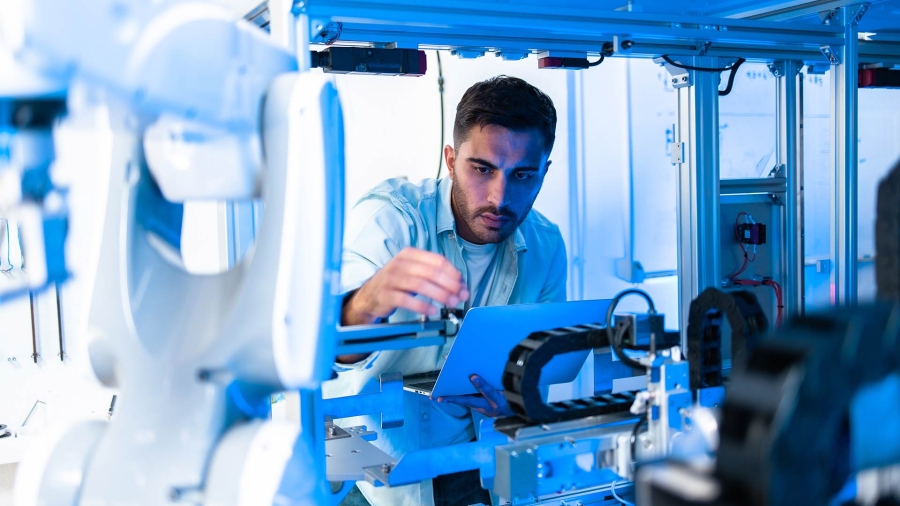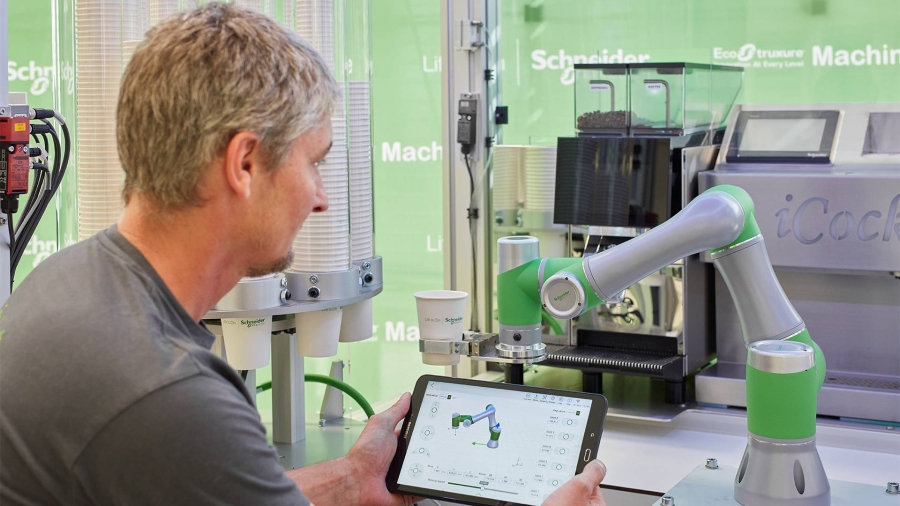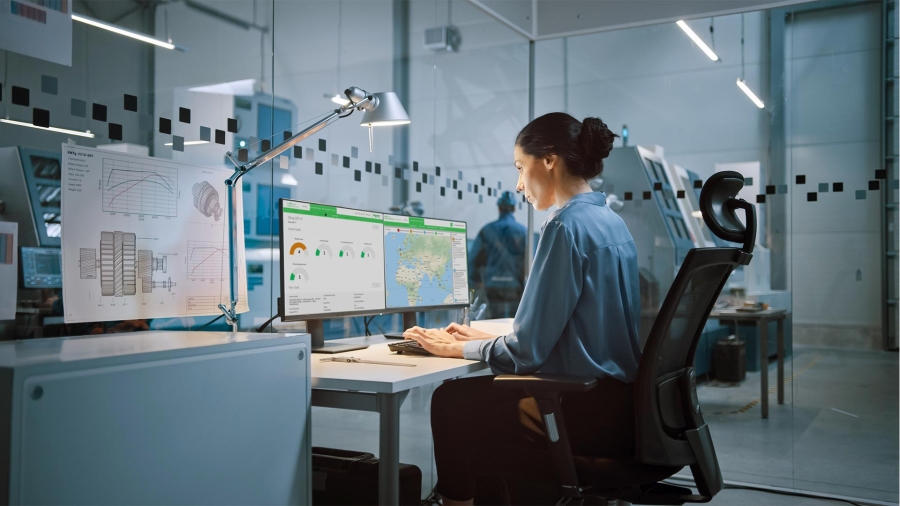The power of artificial intelligence
Influential organizations worldwide have adopted artificial intelligence (AI) and automation to not only improve their processes and products but also to strengthen their competitive positions.
Industrial AI technologies mitigate business and operational risk, improve workforce safety and efficiency, and reduce energy consumption and waste—resulting in a more reliable and sustainable enterprise.
“State-of-the-art artificial intelligence technologies improve industrial processes, proactively detect and solve problems, and provide guidance for risk-based decisions, resulting in significant cost savings and improved competitiveness for the enterprise. Artificial intelligence is disrupting industrial markets and forcing enterprises to reevaluate how typical work is performed, including:
- Workforce training
- Process engineering
- Maintenance and repair
- Operations forecasting and scheduling”
AVEVA
Better decisions with prescriptive analytics
Predictive and prescriptive analytics help us get more out of our factories and processes. Predictive analytics forecast what will happen in the future based on historical data and statistical modeling. Prescriptive analytics also predict future states and then prescribe the optimal course of action needed to generate a desired outcome.
Plant maintenance has traditionally been based on current circumstances. When something breaks, it gets fixed. Maintenance can also be time-based for regular upkeep, or condition-based where personnel react to an alert. More advanced predictive maintenance solutions provide early warning notifications and diagnosis of equipment issues days, weeks, or even months before failure.
Prescriptive maintenance, the most advanced form of maintenance, uses machine learning and artificial intelligence to both predict whether something is going to go wrong in the future and provide the intelligence needed to avert failure. This helps asset-intensive organizations reduce equipment downtime, increase reliability, improve performance, and enhance safety, while also reducing operational and maintenance expenditures.
TIP: State-of-the-art artificial intelligence technologies improve industrial processes, proactively detect and solve problems, and provide guidance for critical decisions, resulting in significant cost savings, reduced risk, and improved competitiveness for the enterprise.
Meet your digital twin
A digital twin is the virtual representation of the key attributes of a physical asset, plant, or process that can be tracked and updated along its lifecycle. It is a dynamic data-supported framework used to achieve design, operational, and business efficiencies.
“A generally understood definition of the digital twin is that it comprises a virtual representation that serves as the real-time digital counterpart of a physical object or process. … The concept of the digital twin now permeates most of our daily lives in the form of digital maps on our smartphones, allowing us to navigate our way across the planet with relative ease.” AVEVA















